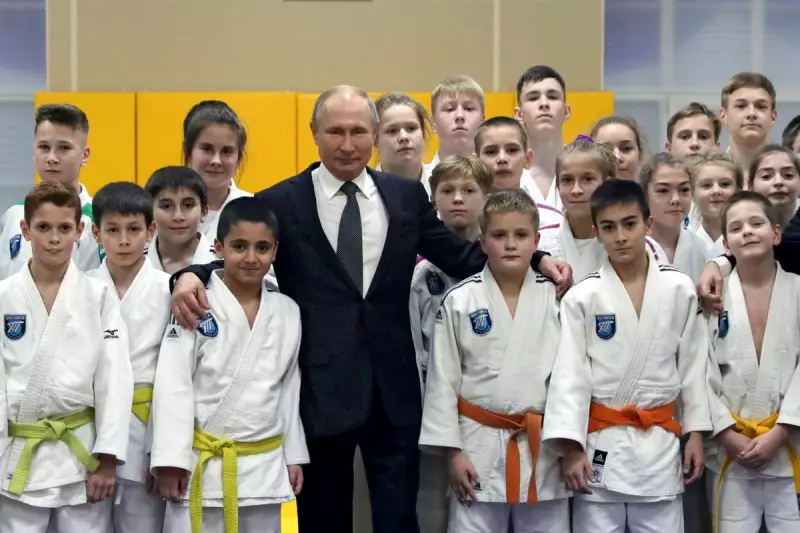
Russia is facing an unprecedented demographic catastrophe as new figures reveal the nation's population has plummeted by more than two million people since 2021. The staggering decline represents one of the most severe population crises in modern Russian history.
A Nation in Demographic Freefall
According to recent data from Russia's statistics agency Rosstat, the country's population stood at just over 146.4 million as of January 1, 2024 – a dramatic drop from 148.6 million recorded three years earlier. This represents a loss equivalent to the entire population of a major European city vanishing from Russia's demographic map.
The Stark Numbers Behind the Crisis
The statistics paint a bleak picture of Russia's demographic health. In 2023 alone, the country recorded:
- 1.26 million deaths compared to just 1.23 million births
- A natural population decrease of nearly 30,000 people
- Continuing a trend of deaths outstripping births since 2020
War's Devastating Impact on Population
Experts point to Vladimir Putin's full-scale invasion of Ukraine as a major accelerator of Russia's demographic decline. The conflict has resulted in:
- Significant military casualties estimated in the hundreds of thousands
- A mass exodus of Russians fleeing mobilisation and political repression
- Severe economic sanctions impacting healthcare and social services
Historical Context and Future Projections
This isn't Russia's first demographic challenge. The country experienced similar population declines during the 1990s following the Soviet Union's collapse. However, current trends suggest this crisis may be more structural and long-lasting.
Demographic analysts warn that without significant policy changes and economic improvements, Russia could see its population shrink to 138 million by 2050 – a level not seen since the Soviet era.
Government Response and Policy Measures
The Kremlin has attempted to address the crisis through various initiatives, including:
- Financial incentives for families to have more children
- "Mother's capital" payments for second and subsequent children
- Promotion of traditional family values
Despite these measures, experts remain sceptical about their effectiveness in reversing the deep-seated demographic trends, particularly amid ongoing military conflict and economic challenges.
The combination of low birth rates, high mortality, and mass emigration has created what demographers describe as a "perfect storm" threatening Russia's long-term stability and economic prospects.





